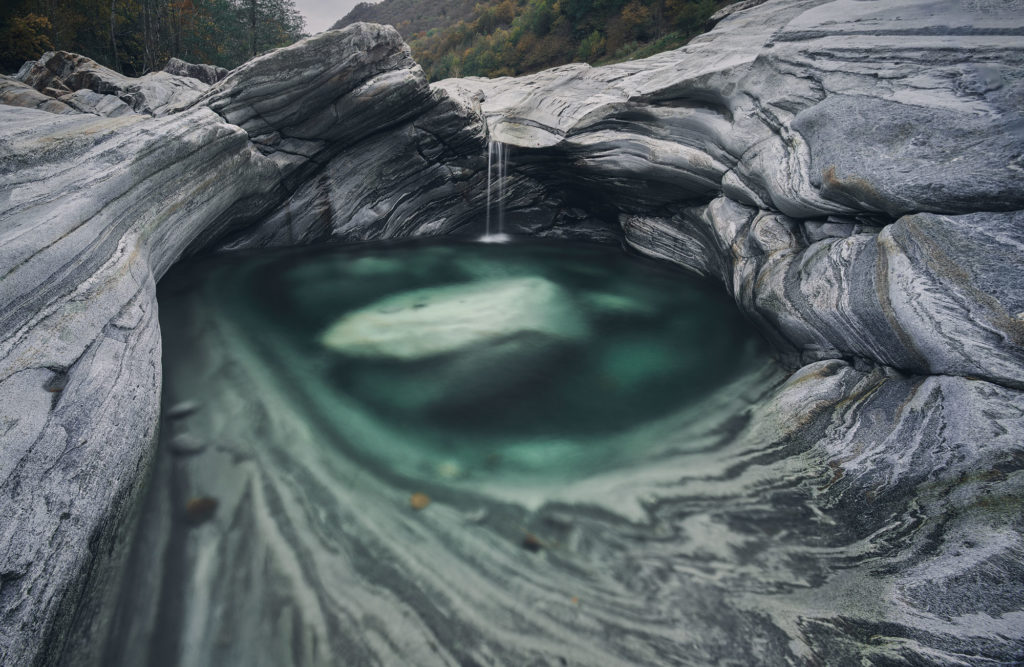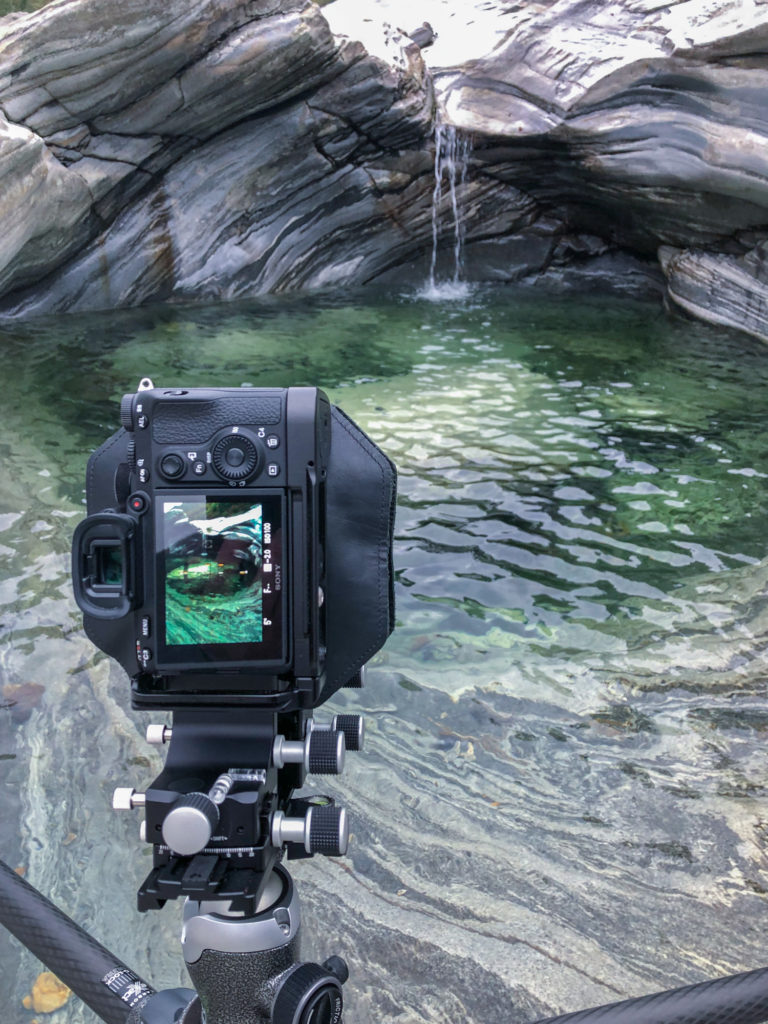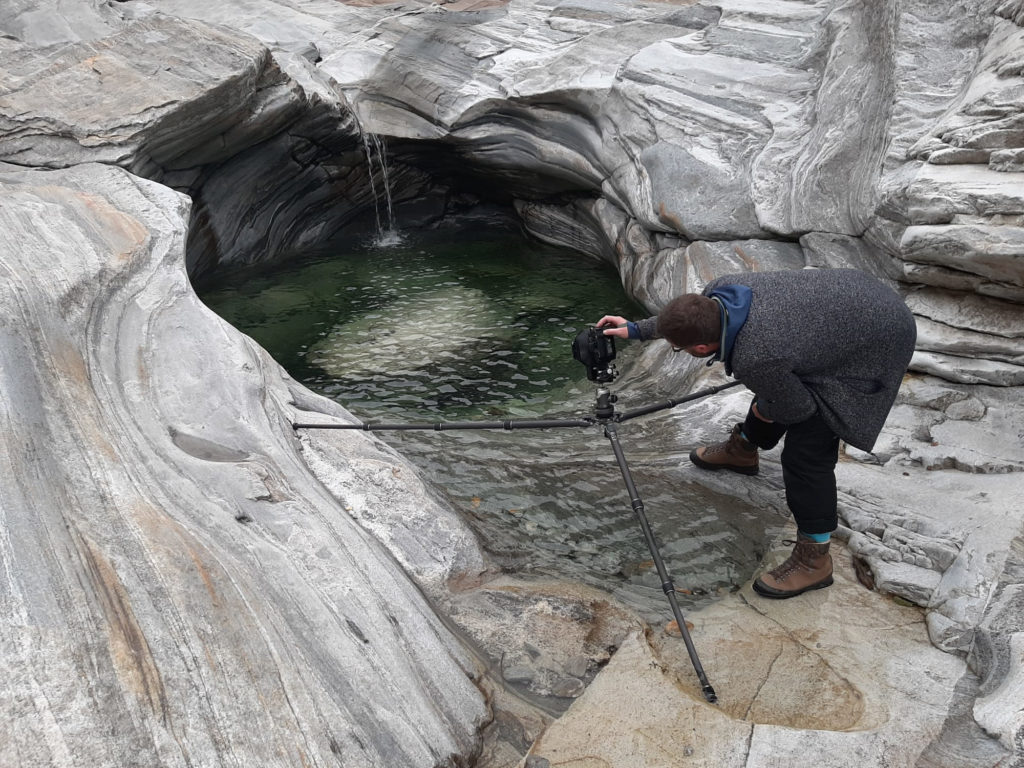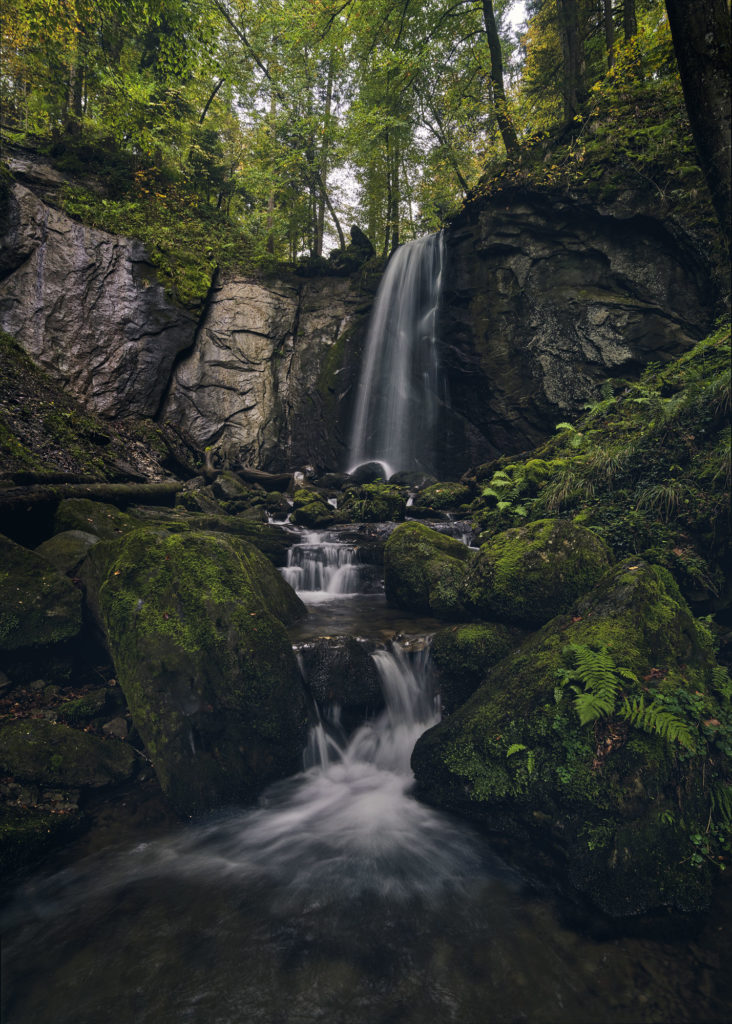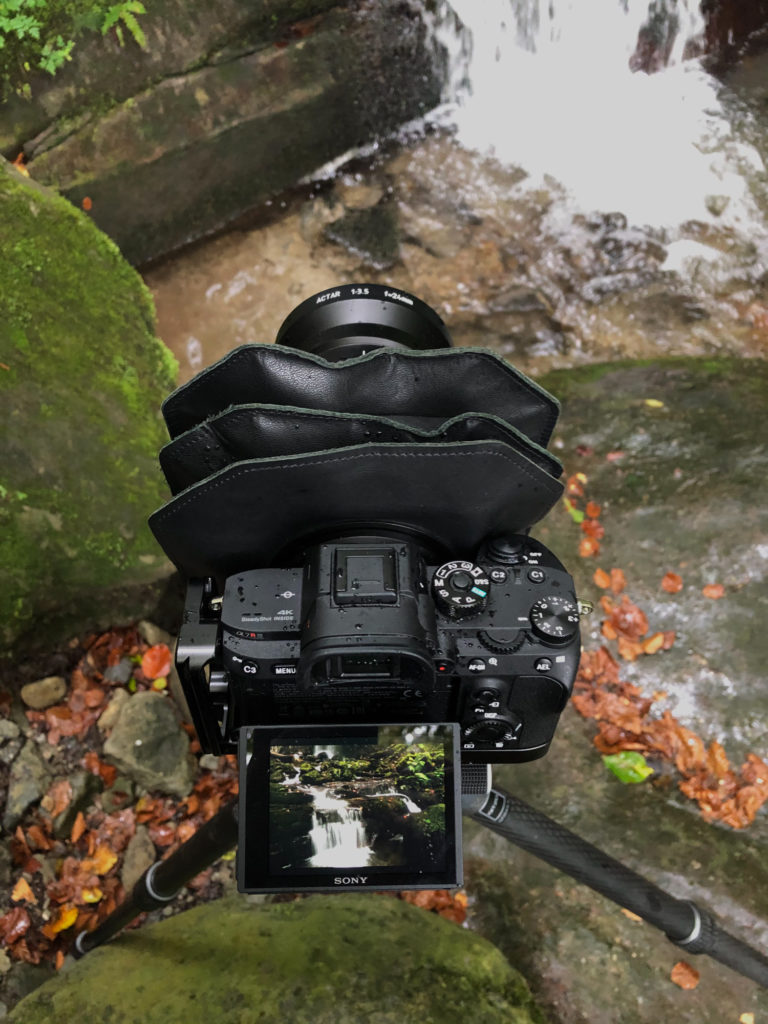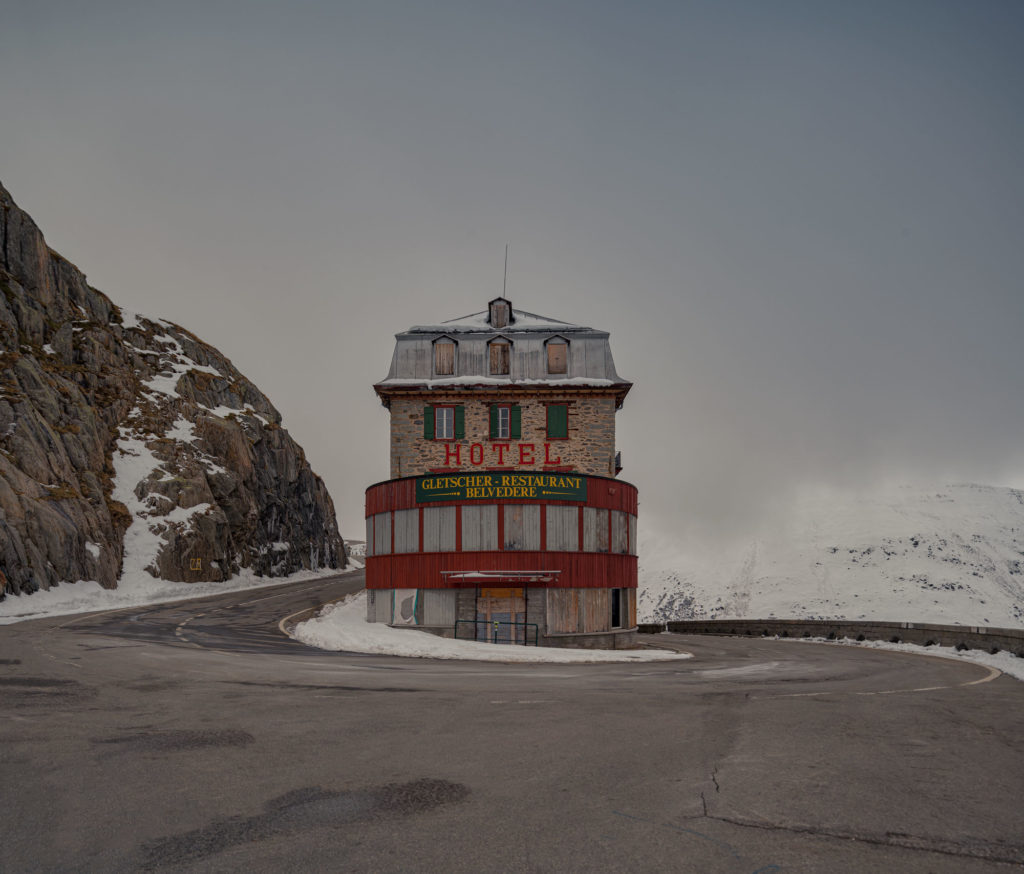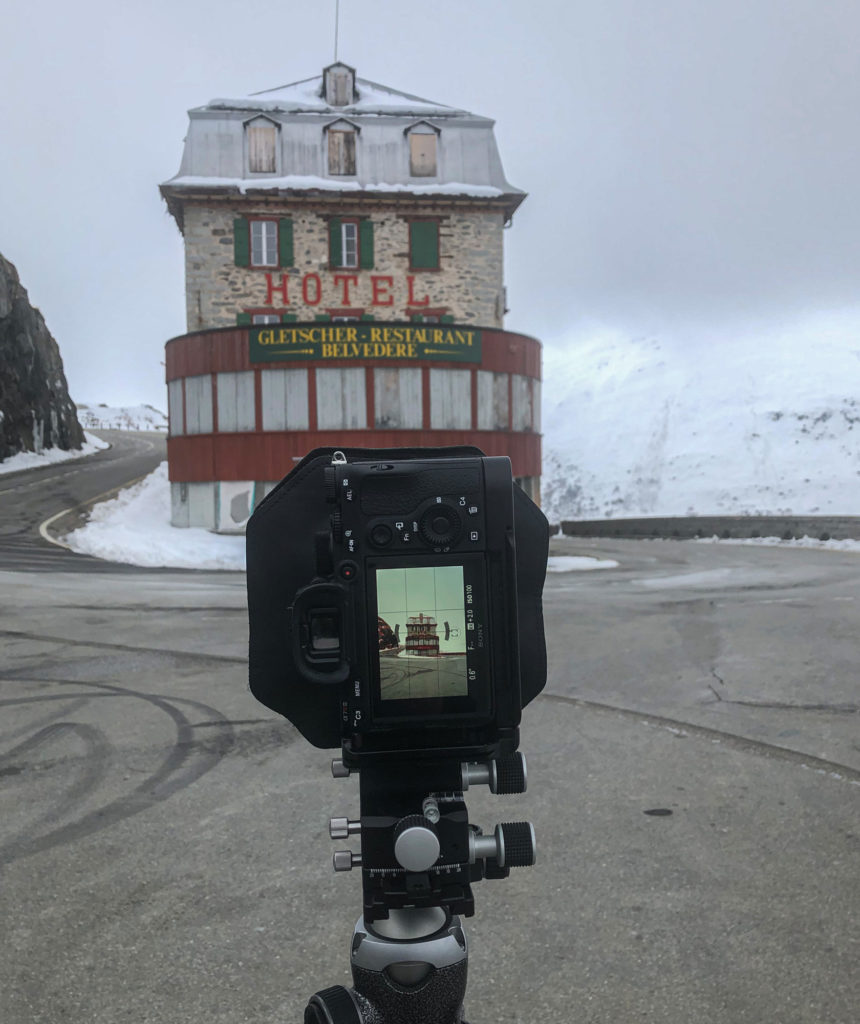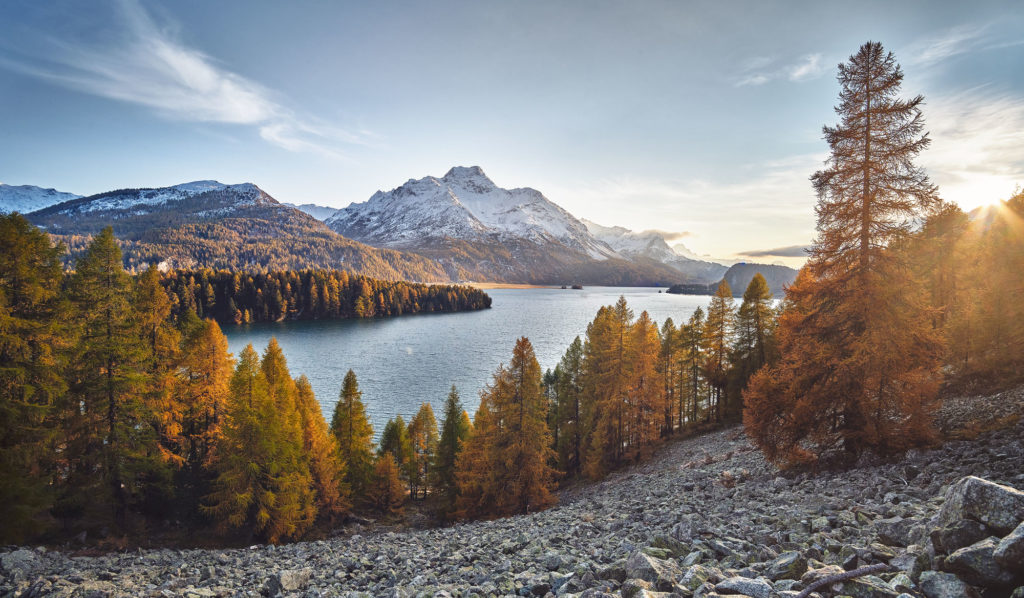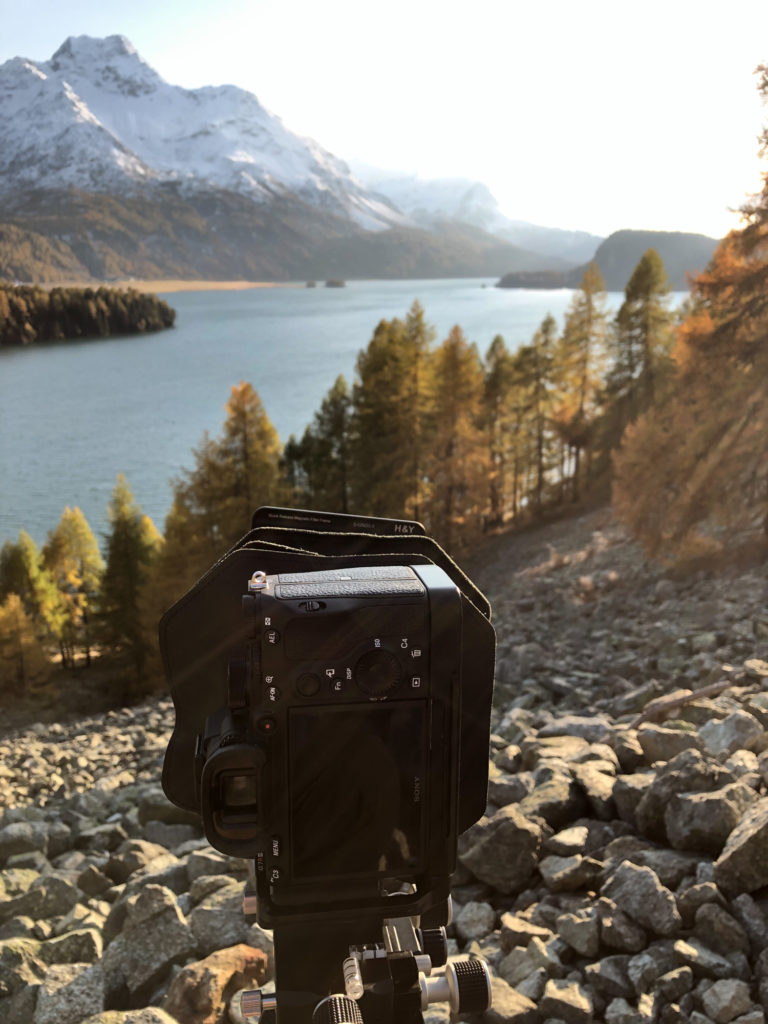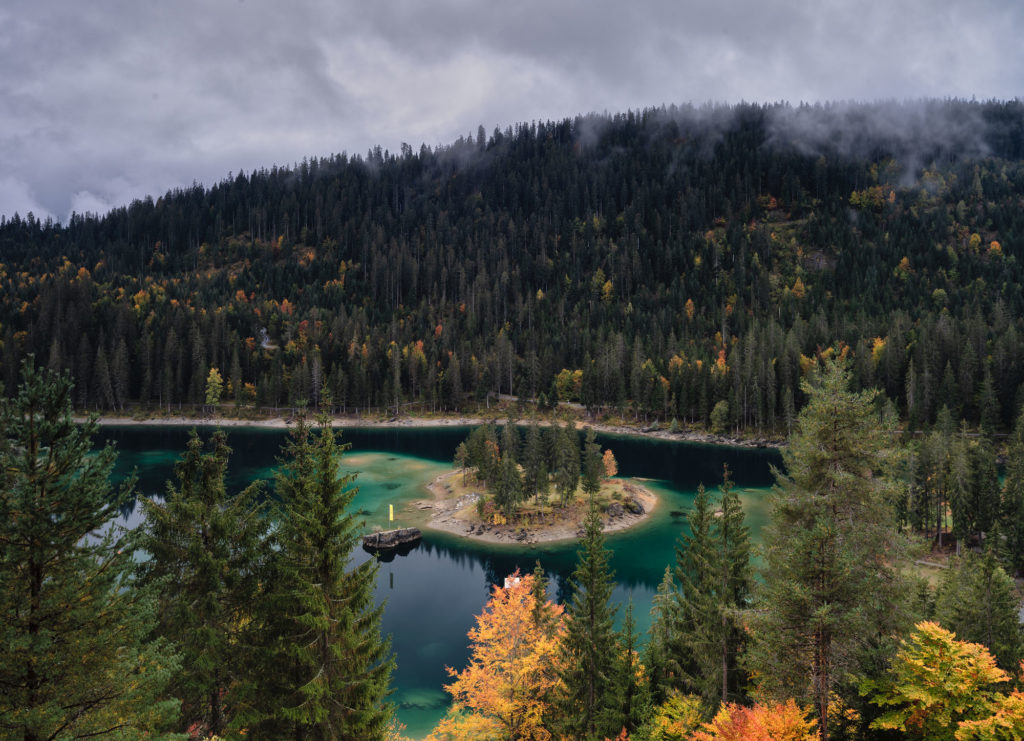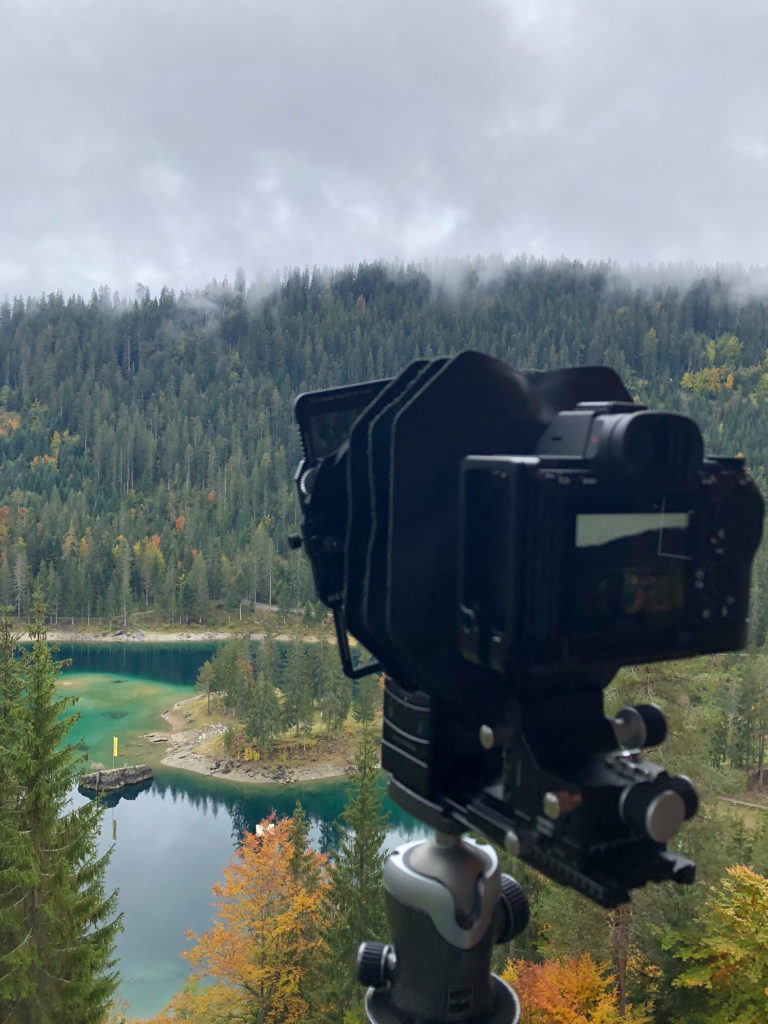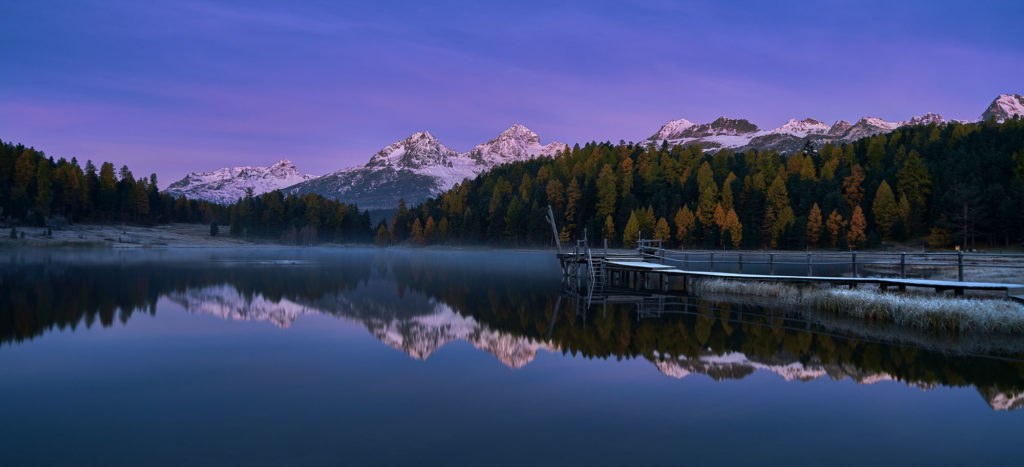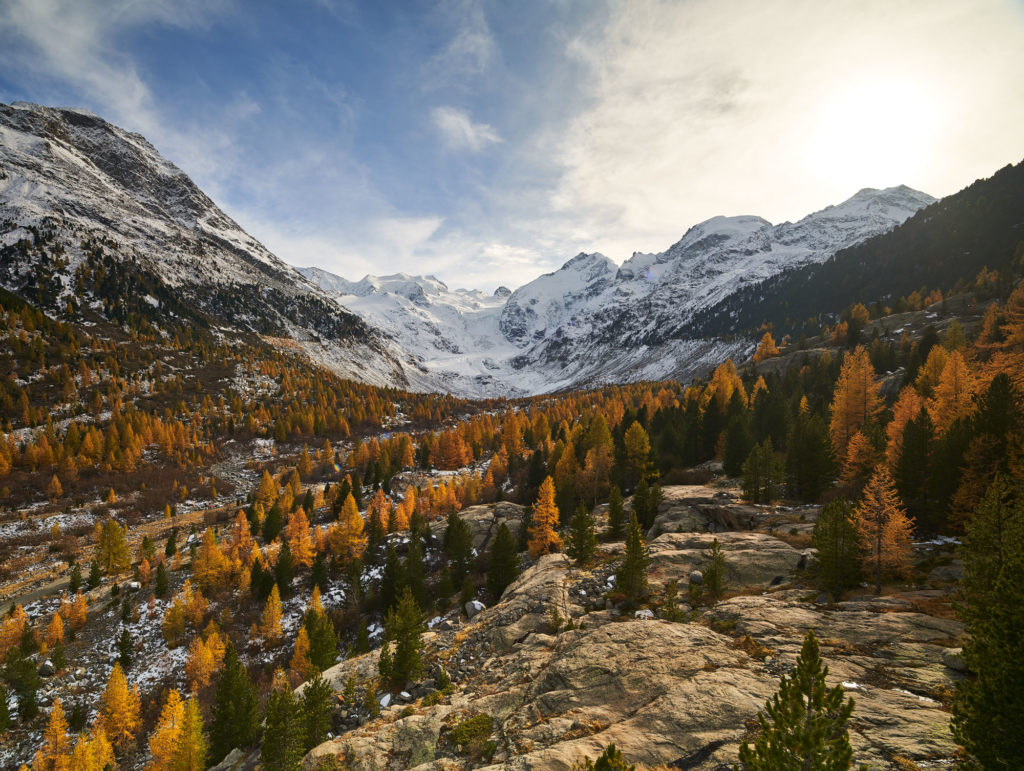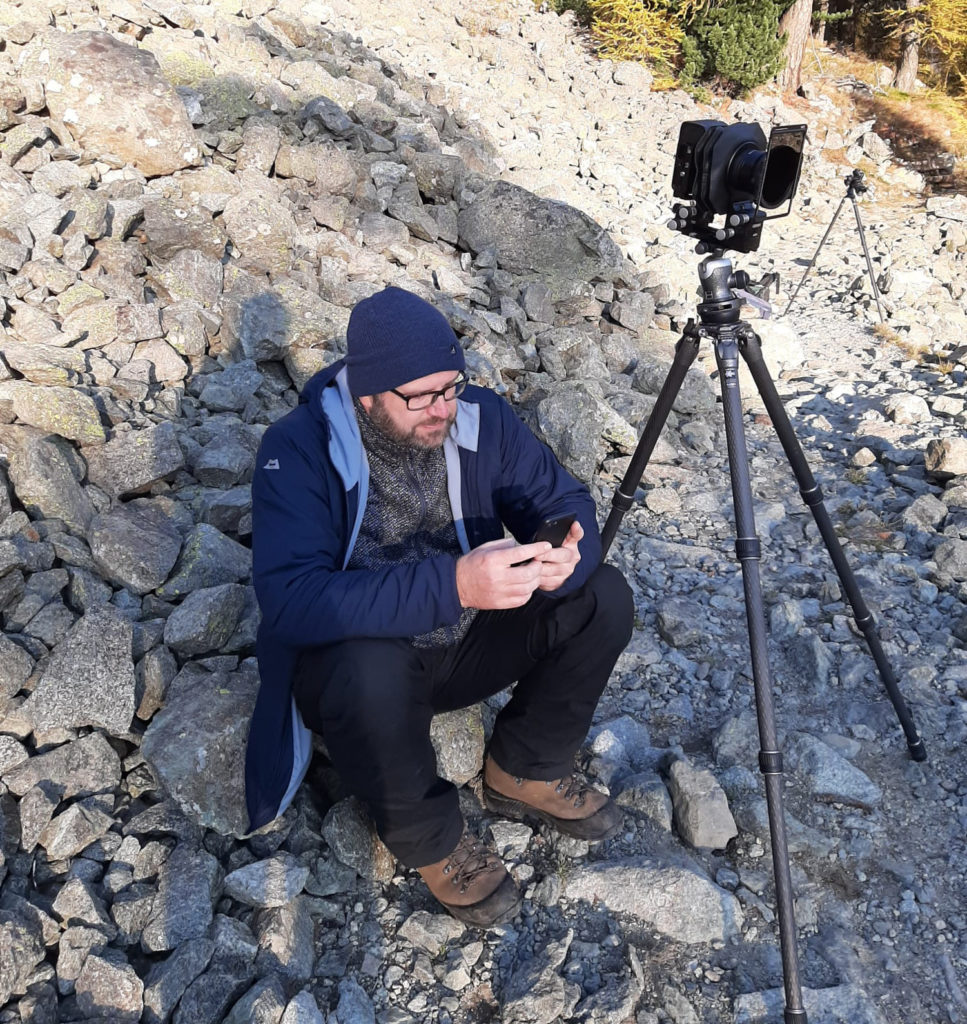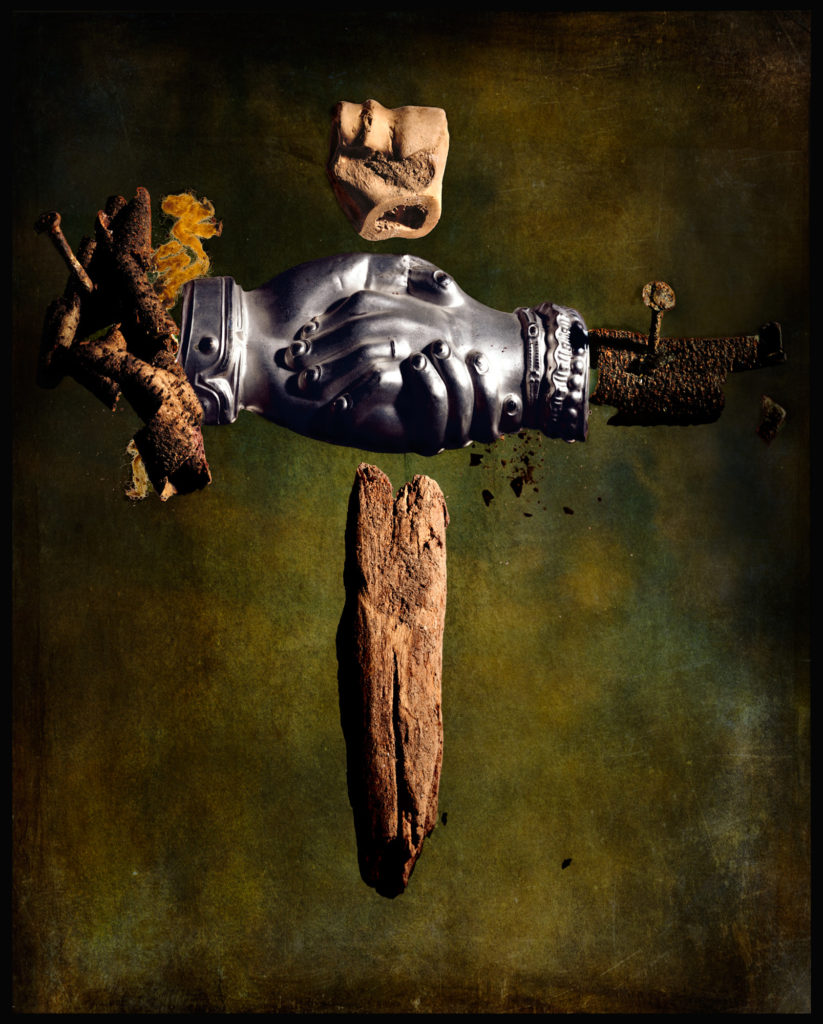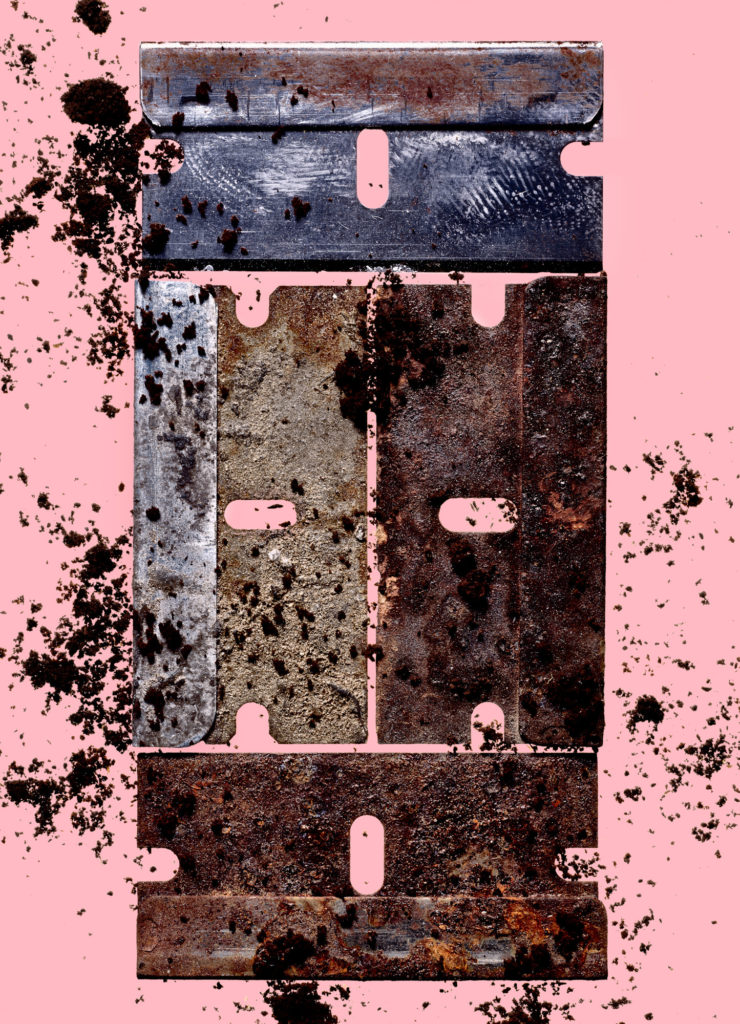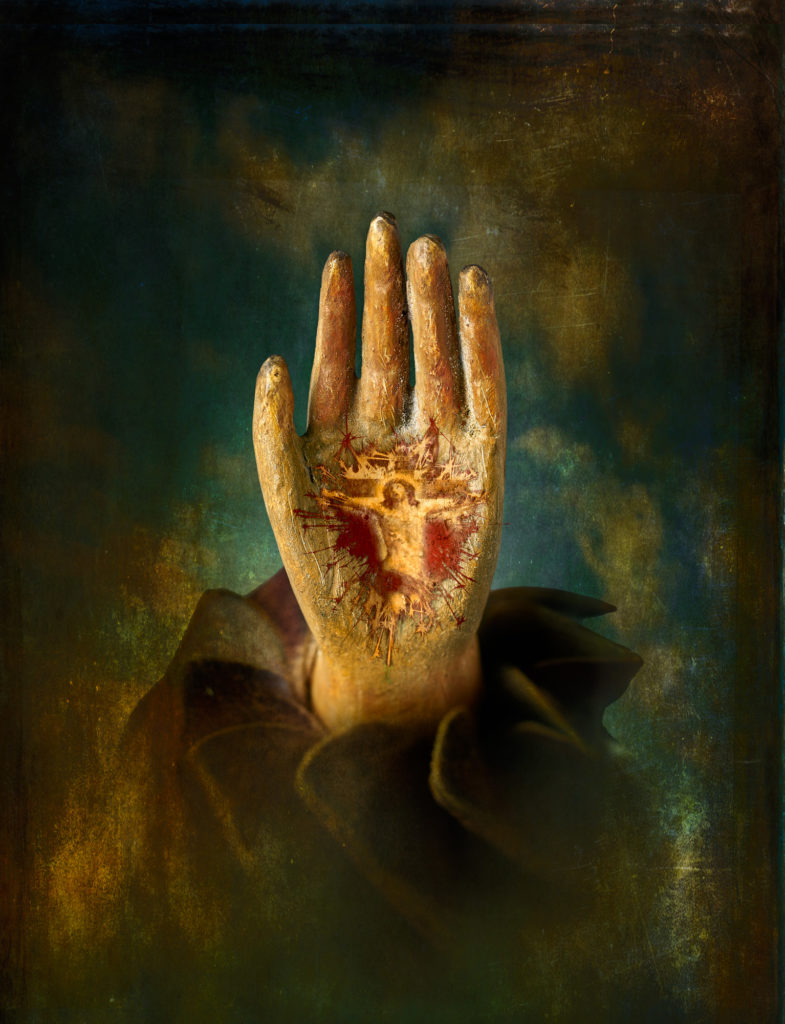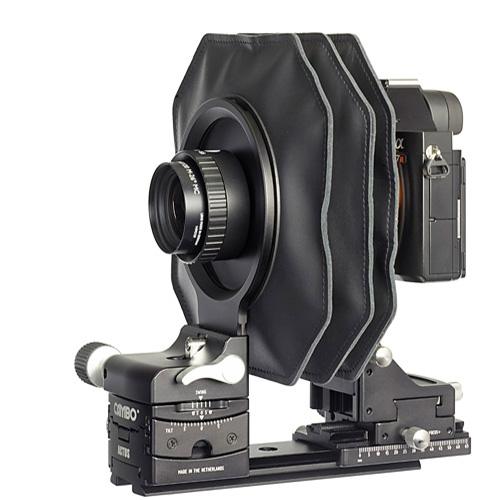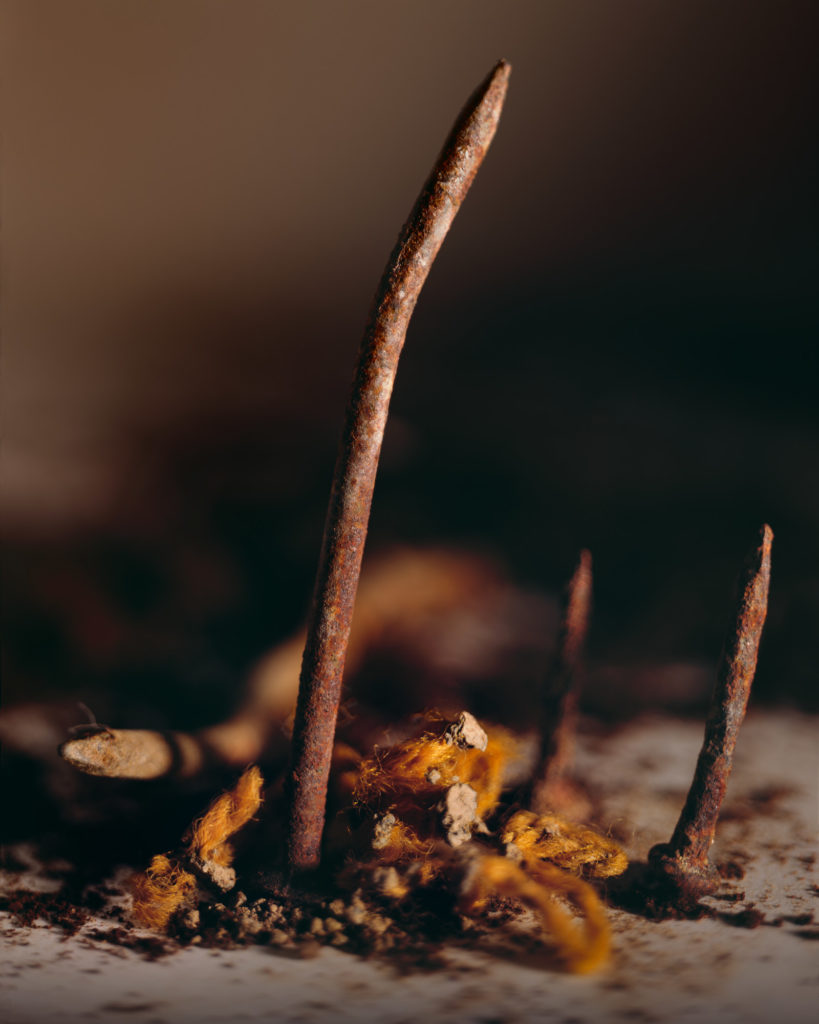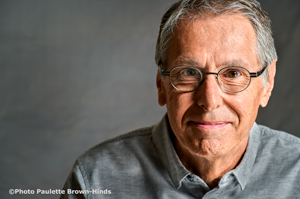How did you first fall in love with photography?
Nature and landscapes have always played a big role in my life. I was born in the mid-1970s in a small town in Thuringia, on the edge of Hainich National Park, right in the middle of Germany, where I grew up very close to nature. Trips and vacations with my parents and grandparents often led to nature. I discovered photography very early in my childhood as I toyed around with my parent’s and grandparent’s analog EXA and Praktika cameras, which were made in GDR (German Democratic Republic).
What started as a small hobby developed over the years into my job and my passion. While I was studying business administration, I also developed my love for travel. My fascination with landscape photography developed through various stays abroad in Canada, Mexico, and the US, all of which have very diverse landscapes.
From where do you draw your inspiration?
I draw a lot of inspiration from design or architecture, which surrounds me all day long here in Germany. I also draw from my friends who have a strong relationship with photography and/or architecture as well. Old-fashioned location scouting with long hikes in nature is another way I find inspiration. It is an essential part of my process to spend a lot of time in the nature to find new places to shoot.
Do you have any specific influences you’d like to share?
I’m not the typical landscape photographer who draws inspiration only from other landscape photographers or artists. I tend to very often look outside the box. I admire the works of Sebastiao Salgado, Ragnar Axelsson or younger photographers like Kiliii Yuyan or Carsten Egevang. Most of their images can tell a story and have more of a photojournalistic approach. I’m also influenced by the minimalistic approach of photographers like Michael Kenna and Hengki Koentjoro.
If you were behind your camera and could choose anything you wanted to be in your viewfinder, where would you be and what would you be looking at?
I would like to go to Antarctica and shoot icebergs in that very special light you often have in the cold regions of our planet. I’d like to get lost in a town like Valencia in Spain with all its modern architecture. And there is always Switzerland with its amazing glaciers, mountains, vast valleys, wild creeks, and picturesque villages. But I also feel that the location is not as important as being happy with where you are, and having inspirational people with you (that you like) while you shoot.
What drew you to the Actus system and what do you like about shooting landscape photography with it?
With my classic camera setup, I was getting more and more frustrated because I felt stuck. I was not able to create the shots I wanted. Especially in landscape photography, I was frustrated with the look ultra-wide-angle lenses are creating. I constantly had to make compromises with lens distortions – mountains or waterfalls in the background started to look tiny compared to what the scenery really looked like. The game-changer for me was that, with the Actus system, I could shift the camera body – I was able to capture scenes as a panoramic shot with the right proportions. I’m very thankful that Richard Lotte from Cambo Netherlands gave me an Actus System for testing. After trying the Cambo Actus system for the first time in landscape photography, I was impressed by the ease of use, and it made it so simple to create panoramic shots, selecting the right depth of field. I’m just starting to understand the endless possibilities and how I can achieve a unique style in my photography.
A lot of new photographers consider a view camera “Old School.” What are the advantages you see shooting with an Actus instead of a DSLR?
It looks a bit old school and intimidating at first sight but when you start using and understanding the view camera, everything feels easy and it becomes a very modern tool. In my opinion, the Cambo Actus system is superior compared to classic tilt-shift lenses because you have the additional function of the camera shift for panoramic compositions. When using longer focal lengths like the 60mm, you can use that lens, of course, for classic landscape or product photography but you can also use that lens for macro photography. With a system like the Actus, you have to be more thoughtful and you need to be more focused on the composition you have in mind. You have to set up everything in advance for the optimal shooting results – but that’s a good thing. The camera system slows you down a little bit while shooting, but in the end, it makes post-processing much smoother. I never had it so easy with stitching panoramic shots. Another advantage is that the system itself is very flexible. Not only was I able to use the Cambo Actar 24mm and 60mm, I can use the Pentax’ 45-85mm and Pentax’ 75mm medium format lens on the same system. Then when I’m not using my Sony A7RIII body, I can attach a Fuji GFX, EOS R, Nikon Z or a Hasselblad X1D Camera body. There are so many lens-camera-combinations possible with the Actus system.
What is the next path you see your creativity taking your photography?
With a view camera, your own creativity is getting back more in focus and with a tool like the Actus it is easier to achieve the style of photography I’m looking for. I will do more architectural photos, create more unique product photos with a more defined plane of focus, and of course, more panoramic pictures to get the right perspective of waterfalls and mountains.
You can see more of Matthias Conrad’s work on Instagram @matthconphoto. All photos used with permission of the artist.


